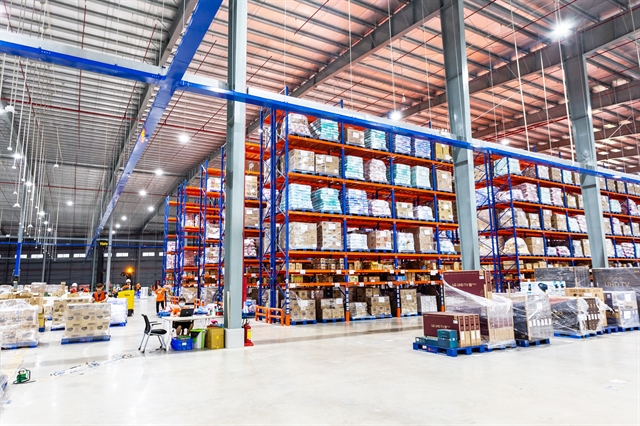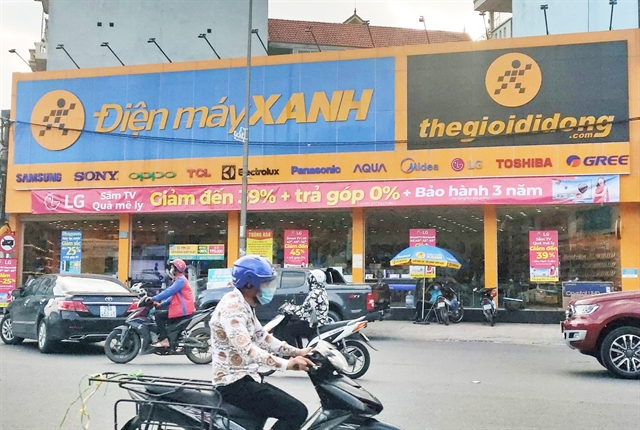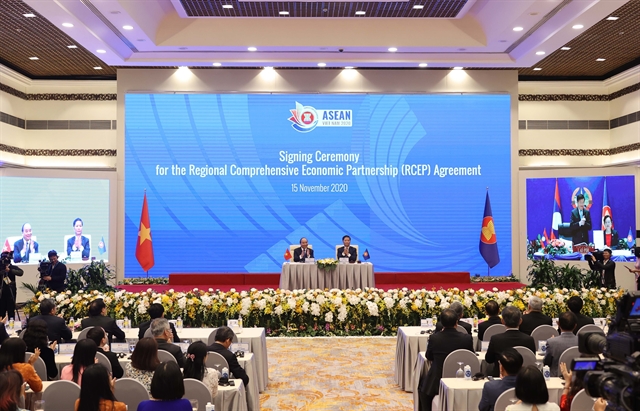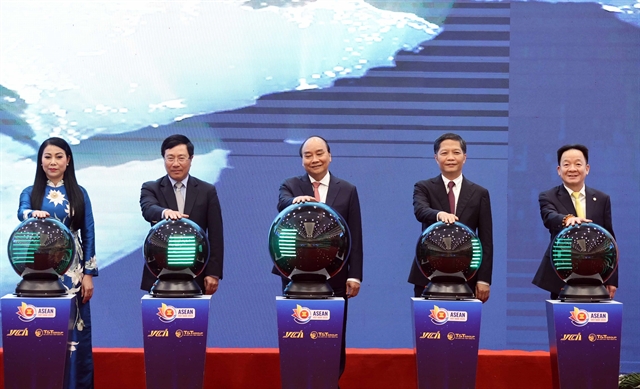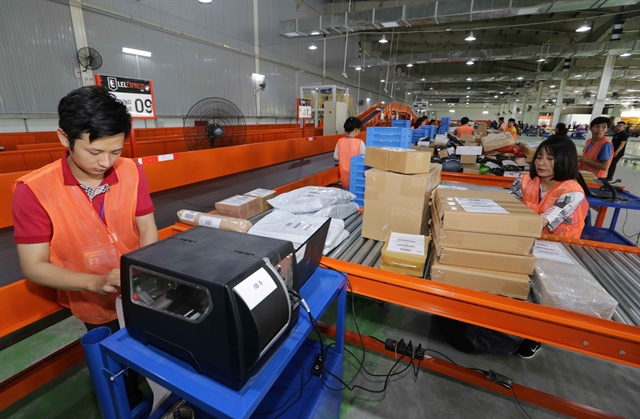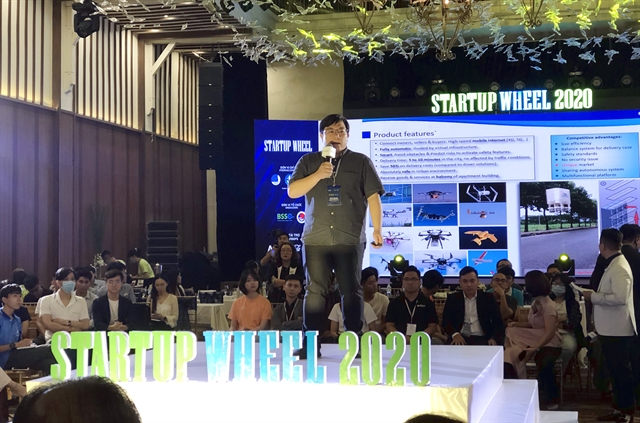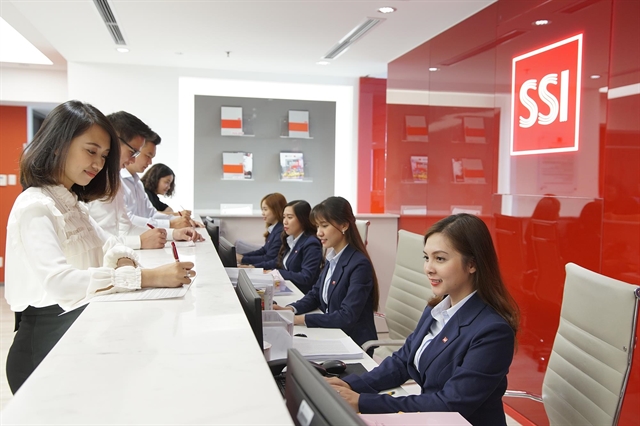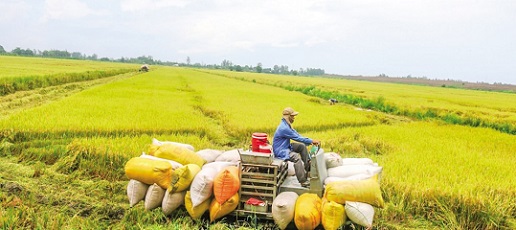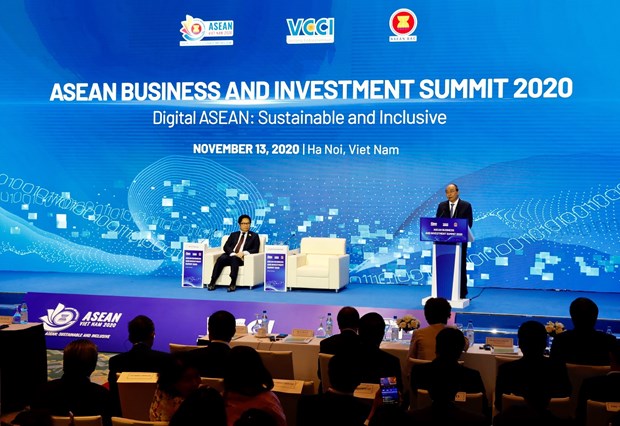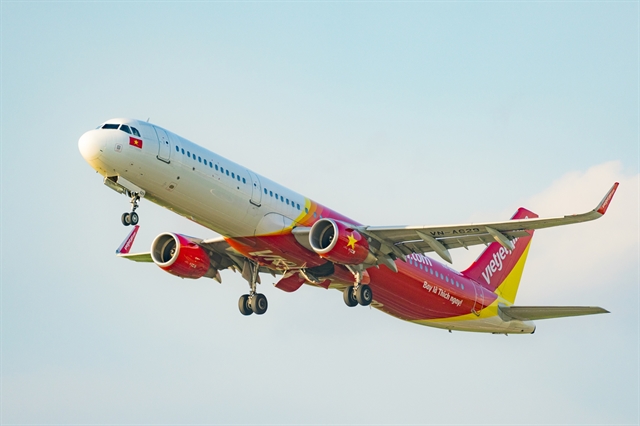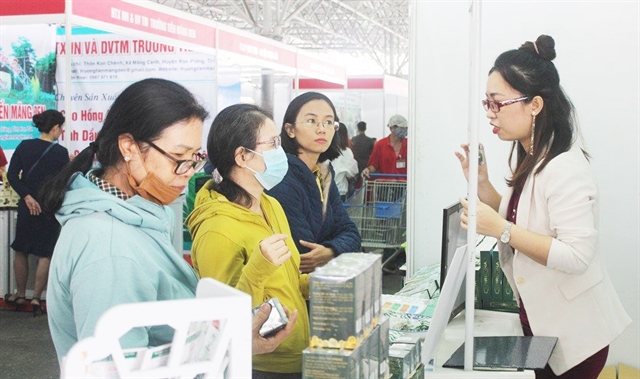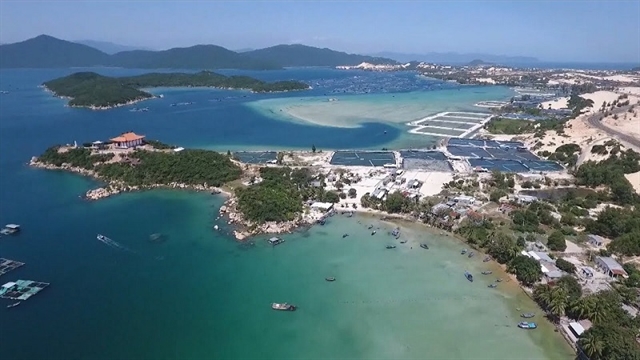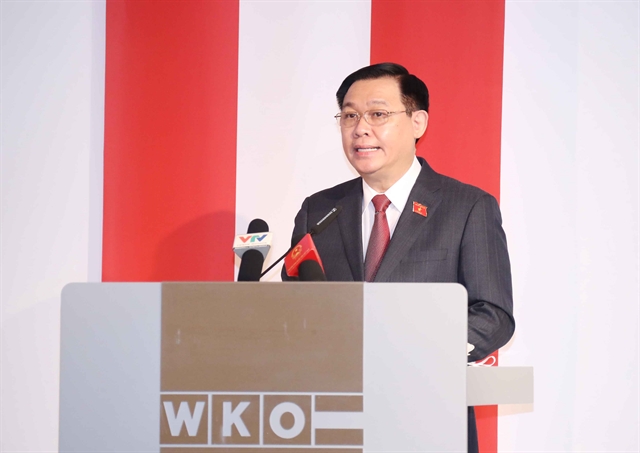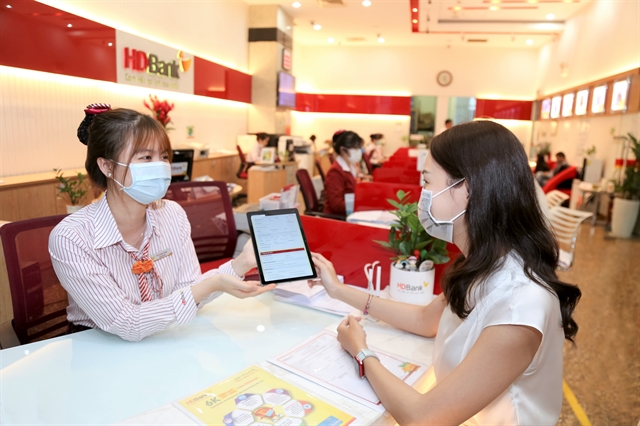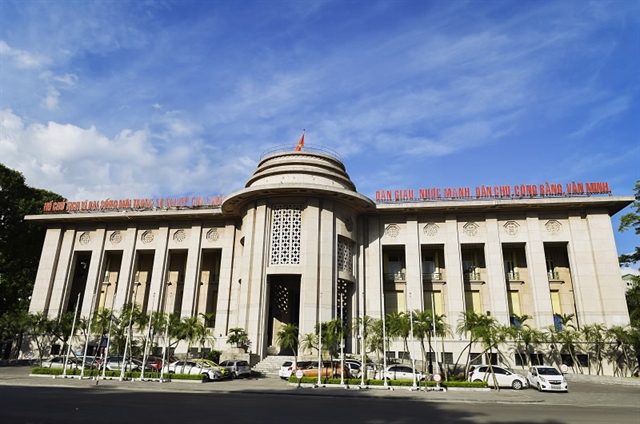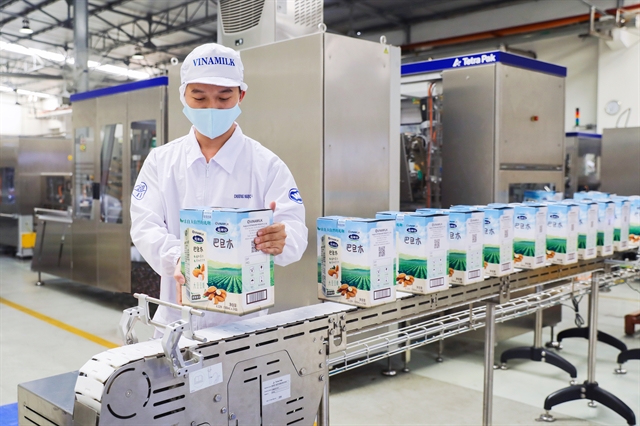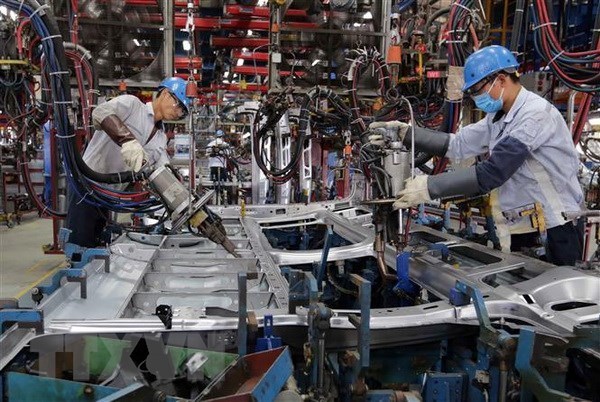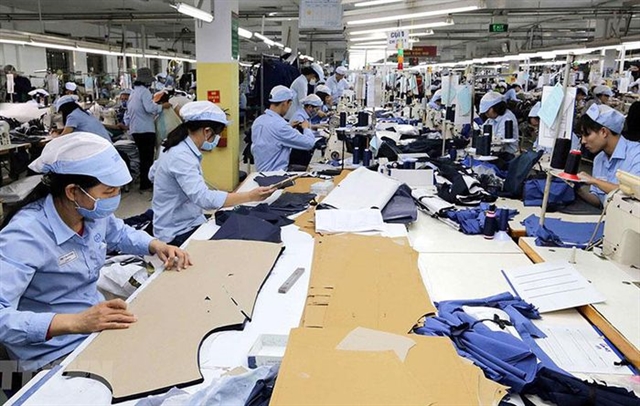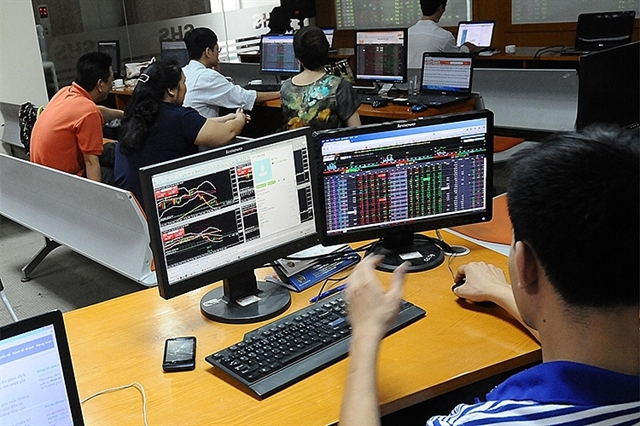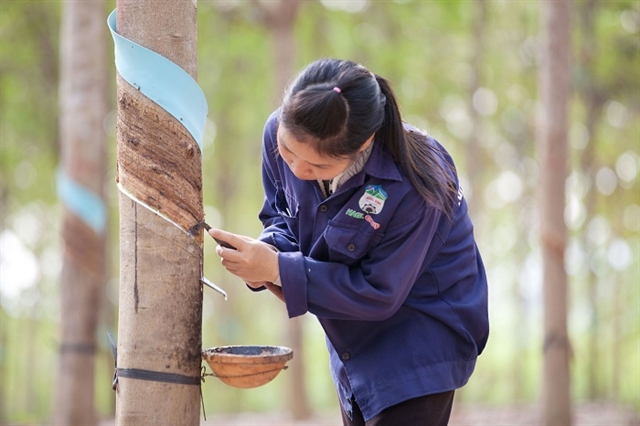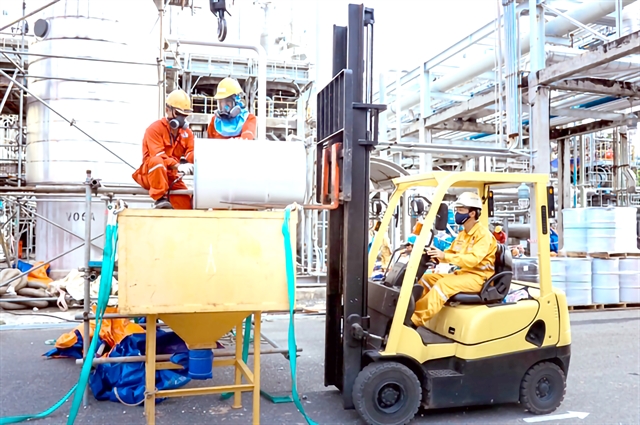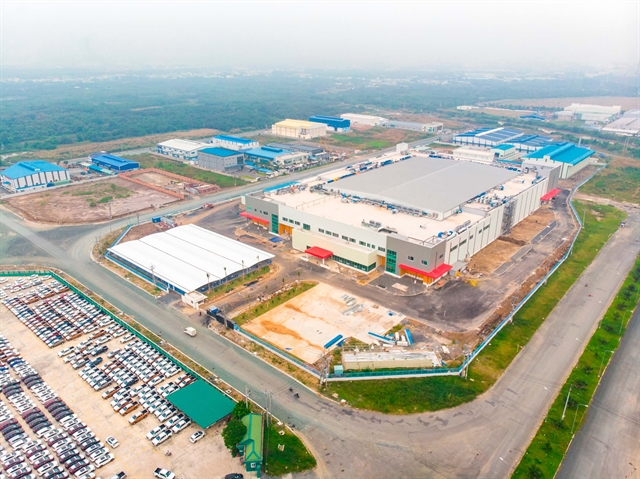
HÀ NỘI — Việt Nam will see strong growth in industrial property next year due to higher demand for industrial parks as business expand production or relocate out of China, according to Savills Việt Nam.
“In the coming years, particularly 2021 and 2022, I think we are going to see a big emphasis on supply,” John Campbell, Industrial Services, Savills Vietnam, told Việt Nam News.
“This is going to be increasingly pursued by multinational manufacturers as corporations seek to mitigate risk and diversify locations. Việt Nam is on the top of many others outside of China and I think this is going to be a big focus for the future.”
In terms of land supply, Đồng Nai Province is planning eight additional industrial zones (IZs), including four new IZs in Long Thành and four other IZs in Phước Bình, Tân Hiệp and Bình An communes, according to the Savills’ Vietnam industrial white paper 2020 released in Hà Nội on Thursday.
The largest private conglomerate in Việt Nam, Vingroup, plans to invest over $400 million in subsidiary Vinhomes IZ. Its first two projects will be in Hải Phòng, the Nam Tràng Cát Industrial Park (IP) is expected to open in the second quarter of 2021 and the Thủy Nguyên IP in the fourth quarter of 2021.
Also in the fourth quarter of 2021, a 238ha IP of the Kinh Bắc City Holdings Company will bring much needed supply to Bắc Ninh Province. Over the same quarter, TNI Holdings Vietnam will open the 177ha Sông Lô 1 IP in Vĩnh Phúc Province.
In southern-based Long An Province, TIZCO JSC and Vietnam Innovation Parks Group JSC (VNIP) will open the 1,800ha Việt Phát IP in 2021.
The white paper reported that ready-builds remain under high demand with suppliers reluctant to make long-term land lease commitments or rely on short term contracts. This has resulted in rental developers racing to secure land for expansion.
BW Industrial Development JSC (BWID)’s 10 sites with a total area of over 500ha across eight key cities continue their expansion as Việt Nam’s biggest industrial developer of ready-built factories, warehousing and built-to-suit solutions.
Global logistics and warehouse developers have entered despite the ongoing COVID-19 pandemic. Logos Property from Australia has entered with a US$350 million logistics development joint venture.
GLP, the largest warehouse developer in Asia, is planning a $1.5 billion venture with Việt Nam’s SEA Logistics Partners (SLP). South Korean firm Mirae Asset Daewoo Co and Naver Corporation have jointly invested $37 million into warehousing in the LogisValley logistics hub in Bắc Ninh Province.
At present, Matthew Powell, Director of Savills Hanoi, said there had been majority of industrial real estate provided by Vietnamese developers and Vietnamese investors.
“Over last 20 years, there has been really good quality of industrial real estate. This is supplemented by foreign specialists and developers in the last 10 years and so much more interest in the last 2- 3 years, and many partnerships as well.”
“Now we see the improvement of quality of offers, quality of real estate and a change towards more sophistication in the industry, not just the low value like garments or footwear, and up to the high-tech sector which requires more specialised real estate."
"In the future, we will see the development of data centres with large requirements and power supply and connectivity as well. It has been an evolution.”
The Việt Nam Government has provided a lot of incentives in different economic zones across the country. The policies are attractive, the country is attractive to investors geographically, with the labour population, land costs, labour costs, and operation costs, according to Powell.
“What the Government can do is to plan for the future to keep rapidly moving ahead in the infrastructure changes to make sure that Việt Nam exceeds the average in Asia, not just catching up to Indonesia, Thailand and other Southeast Asia countries,” said Powell.
"It is not just about behind the average, it should be above the average and that will receive more investors coming to Việt Nam and of course, things can always be improved in market entry, policies, competitiveness and the education sector to provide more people to work in this sector. Việt Nam has a demographic that support the population and that is what companies are looking for.”
John Campbell, Industrial Services, Savills Vietnam, said with regards to the EVFTA, there was certainly a lot of visible advantages already happening.
"We see a lot of industrial parks ready for foreign investments. For Việt Nam, to make sure it is ready in the future, the biggest key thing is the supply of skilled labour," Campbell told Việt Nam News.
With the EVFTA, the types of countries and industries looking at Việt Nam are different now. A lot of industries are higher value which are high tech or supporting high-tech and new renewable energy, according to Campbell.
Việt Nam needs to make sure that it has a proper supply of skilled labour not just in Hà Nội, HCM City or Đồng Nai but also in some provinces in order to attract more projects.
Regionally, Việt Nam has a lot of competitive advantages over its Asian counterparts. Traditionally, there have always been competitive labour costs but in recent years, Việt Nam has more advantages such as proactivity and multiple free trade agreements like the EVFTA and CPTPP. Moreover, Việt Nam has political stability, improved business climate and a very young dynamic working population.
He also said that: "Certainly, in some locations or some provinces, the rising land lease prices can affect the occupancy. However, it depends on the investors, what we know is that there are a lot of high value investors in fields like electronics and high-tech and they are concerned about the land lease price for low value added industries like furniture. Việt Nam is trying to attract more high value added sectors at the moment."
"One other factor to consider is we see more industrial parks and land supply coming to the market, like the future 561 industrial zones. Till then, it is interesting to see how that supply helps the law and land lease prices. But for now, in the key provinces, there is an occupancy rate which means that the remaining land is going to be priced quite highly."
According to the Vietnam industrial white paper, sudden growth in lease enquiries for land, factory and warehousing has resulted in price escalations in IPs near major cities.
In the south, IP lease price in 2020 reached between $65 and $147 per sq.m in HCM City, Bình Dương, Đồng Nai, Long An and Bà Rịa-Vũng Tàu.
In the north, prices were between $76 and $129 per sq.m in Hà Nội, Bắc Ninh, Hưng Yên, Hải Dương and Hải Phòng. — VNS

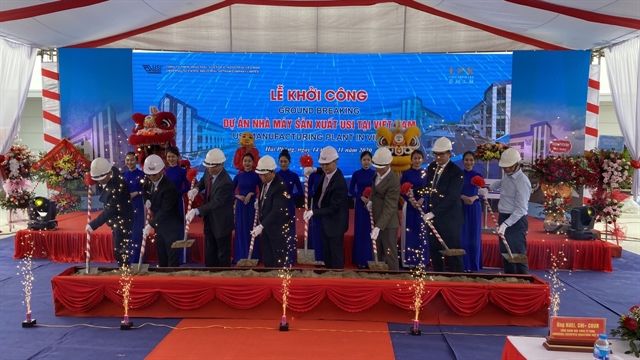
.jpg)
